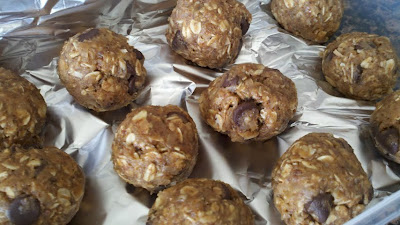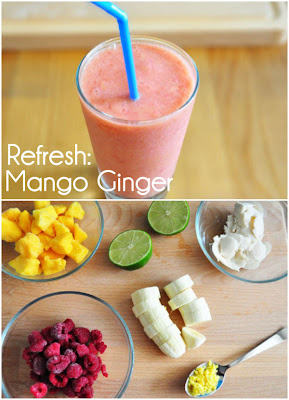Go on, admit it: a huge ride sometimes sparks a craving for a burger or t-bone. Whether you're an unwavering carnivore or a believer that burgers are only for statin dependents, you should know how to incorporate red meat into your cycling diet.
"Red meat is a wonderful source of nutrients that competitive cyclists often lack," says Roberta Anding, RD, CSSD, a spokesperson for the American Dietetic Association. It's packed with vitamin B12 (which helps metabolize energy), heme iron (which transports oxygen to muscles) and zinc (which bolsters the immune system). Good sources include beef, pork, lamb and goat--"anything that's red or pink when it's raw," Anding says.
Still skeptical? We answer common worries with strategies that exploit red meat's benefits--and avoid its drawbacks.
The Concern: "Doesn't it cause heart disease?"
Our Answer: Not necessarily.
Harvard researchers recently found that processed meats such as bacon, sausage and cold cuts can increase the risk of cardiovascular disease by 42 percent. Yet they didn't find an increased risk in those who eat unprocessed beef, pork and lamb. "This indicates that lean beef can, in fact, be part of a heart-healthy diet," says Anding.
The Concern: "It's full of saturated fat."
Our Answer: Not if you choose lean cuts.
"Certain cuts are nearly as lean as chicken," says Anding. "Select those with "round" or "loin" in their names. Avoid ribs, rib eyes and briskets, which come from the fattier underbelly of a steer. When buying ground beef, choose 95 percent lean, which contains 155 calories per four-ounce serving, while 80 percent lean delivers almost twice the calories and four times the fat.
The Concern: "It causes cancer."
Our Answer: Season it.
Cooked meats produce carcinogenic compounds called heterocyclic amines (HCAs), and as it's digested, meat oxidizes--which can cause DNA damage linked to cancer. But recent studies have found that certain seasonings (such as capers, rosemary, turmeric and Thai spices) can inhibit these cancercausing processes. Try a spicy rub with turmeric, yellow curry powder and cinnamon to taste.
The Concern: "It's too heavy."
Our Answer: Mix it up.
Instead of seeing red meat as the meal's centerpiece, use it as an accent in vegetablerich dishes. One idea: Stir-fry strips of top sirloin with broccoli, carrots and bell pepper, then serve over brown rice. Or mix a little meat into a serving of black beans for fiberrich-- but beefy-tasting-- burritos. Even hamburgers can be cut with vegetables: Fold chopped mushrooms into ground beef before forming it into patties.
The Concern: "It makes me feel sluggish."
Our Answer: Reduce your portion size.
Overconsuming protein can cause bloating and constipation, Anding says, so stick to a three- to four-ounce serving. A larger serving won't result in more muscle, anyway: A 2009 study from the University of Texas Medical Branch at Galveston found that a four-ounce serving of lean beef synthesizes new muscle as effectively as 12 ounces does.
What About Grass-Fed?
Most commercially raised cattle eat grain, which accelerates muscle growth, yields more meat and improves marbling (which also ups its saturated fat content). It's also higher in arachidonic acid, which has been linked to cardiovascular disease.
Grass-fed meat, however, has a healthier fattyacid profile, a lower overall fat content and is higher in cancer-fighting antioxidants such as glutathione and omega-3s. It may even guard against food-borne illness: Cattle that chow on grass instead of grain are far less likely to spread E. coli bacteria.
The trade-off? You'll pay more for grass-fed. Buy in bulk from local producers to save money.
**(article from www.bicycling.com)**










